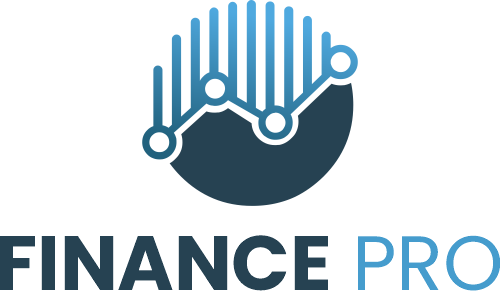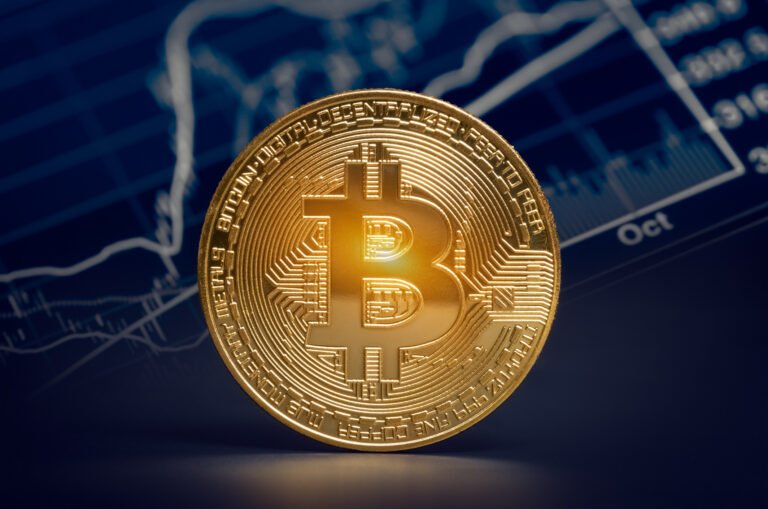Amazon (AMZN 0.39%) was founded in 1994 to sell books using the internet, and it quickly became an e-commerce pioneer which now offers more than 600 million different products. Its expansion into other businesses like cloud computing, streaming, and digital advertising helped catapult the company’s valuation to an eye-popping $2.4 trillion.
But last Monday (July 14), Bitcoin (BTC 0.61%) briefly surpassed $2.4 trillion in market capitalization when the value of a single coin rocketed past $123,000. The cryptocurrency was introduced in 2009, so it reached the milestone even faster than Amazon, which is remarkable for an asset that doesn’t produce any revenue or earnings. Furthermore, Bitcoin is now worth more than Alphabet, Meta Platforms, and even Tesla.
Bitcoin might still have room to run. Strategy‘s (MSTR -0.81%) Michael Saylor predicts that the price of a single coin could top $13 million by 2045, translating to a whopping 10,500% upside from Monday’s peak. How realistic is that target? Read on to find out.

Image source: Getty Images.
Saylor says Bitcoin will transform the global financial system
So far, Bitcoin hasn’t proven to be very useful as a currency because of its high volatility relative to traditional currencies like the U.S. dollar. But a growing number of investors consider it to be a good store of value for the following reasons:
- Bitcoin has a capped supply of 21 million coins, so it’s a scarce asset, similar to gold.
- It’s fully decentralized, so it isn’t controlled by any person, company, or government.
- It’s built on a secure, and publicly verifiable system of record called the blockchain.
Saylor, who founded the software-turned-Bitcoin treasury company formerly known as MicroStrategy, believes that “tokenizing” every physical asset in the world onto the blockchain would create transparency and also solve some of the inefficiencies in the current financial system. For instance, buying real estate comes with high legal fees because most properties have an opaque history that requires tedious research to uncover. But if we placed every real estate transaction on the blockchain, records would suddenly become transparent and verifiable by any prospective buyer.
Saylor says he thinks Bitcoin would be the perfect reserve asset for the tokenization process because of its decentralized nature. This means Bitcoin would be the currency everybody uses to buy, sell, or transfer tokenized assets. Therefore, anyone who wants to participate in this new financial system will have to use the cryptocurrency at some point, creating an organic source of demand that could drive its price higher.
Bringing Saylor’s vision to life won’t be easy because it will require global cooperation. But President Donald Trump has a very pro-crypto agenda, so the world might follow if the U.S. government were to lead the way by creating a legal framework with rules and standards.
$13 million per Bitcoin implies a sky-high (and potentially unrealistic) valuation
According to Saylor, there are about $500 trillion in global assets eligible for tokenization. He believes they can be shifted onto the blockchain by 2045, which would create enough demand to send the price of a single Bitcoin soaring to $13 million. That would be a whopping 10,500% increase from Monday’s peak of about $123,000.
However, $13 million per Bitcoin would translate to a fully diluted market capitalization of $273 trillion (based on its total supply of 21 million coins). That means the cryptocurrency would be worth a whopping nine times more than the output of the entire U.S. economy, which was $29.7 trillion last year. It would also be 66 times more valuable than Nvidia, which is currently the world’s largest company thanks to its market cap of $4.2 trillion.
As a result, I think Saylor’s target is unrealistic. Even if his vision became reality and all of the world’s assets were tokenized onto the blockchain, Bitcoin would only soar in value if every person held on to their coins after selling an asset. As I alluded to earlier, Bitcoin isn’t a great everyday currency. Only 6,600 merchants worldwide accept it as payment for goods and services (according to crypto directory Cryptwerk), so people would have to convert their coins back to fiat currency to carry on with their lives.
Therefore, the pool of people who are purchasing Bitcoin to acquire an asset would be met with an almost equal number of sellers, leading to a potentially neutral — not increasing — value.
Could Bitcoin eventually become a widely adopted currency?
In my opinion, Bitcoin will never be a true global currency. Every economy operates at a different speed, which is why some countries have stronger fiat currencies than others. Australia and Vietnam have much weaker currencies than economic powerhouses like the U.S., which helps them compete on the global stage by making their exports more attractive to larger trading partners.
If every country adopted Bitcoin, the smallest economies would be thrust onto a level playing field with the likes of the U.S., which would damage their exports and dent their citizens’ quality of life. This is one reason several countries might be inclined to reject Saylor’s plan for tokenization on a global scale.
But that doesn’t mean Bitcoin is a bad investment right now. The total value of all above-ground gold reserves currently stands at $22.4 trillion, so that could be a realistic target for Bitcoin’s market cap if a growing number of investors continue to view it as a legitimate store of value. It would result in a price-per-Bitcoin of $1,066,000, implying a potential upside of about 770% from Monday’s peak.
There’s no guarantee that this scenario will play out, but I think it has a better shot at becoming reality than Saylor’s forecast. After all, it’s important to remember that Strategy owns 601,550 Bitcoin worth about $71 billion, so Saylor has a very big incentive to issue bullish predictions.
John Mackey, former CEO of Whole Foods Market, an Amazon subsidiary, is a member of The Motley Fool’s board of directors. Suzanne Frey, an executive at Alphabet, is a member of The Motley Fool’s board of directors. Randi Zuckerberg, a former director of market development and spokeswoman for Facebook and sister to Meta Platforms CEO Mark Zuckerberg, is a member of The Motley Fool’s board of directors. Anthony Di Pizio has no position in any of the stocks mentioned. The Motley Fool has positions in and recommends Alphabet, Amazon, Bitcoin, Meta Platforms, Nvidia, and Tesla. The Motley Fool has a disclosure policy.

